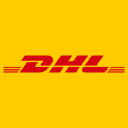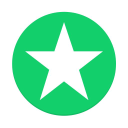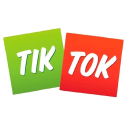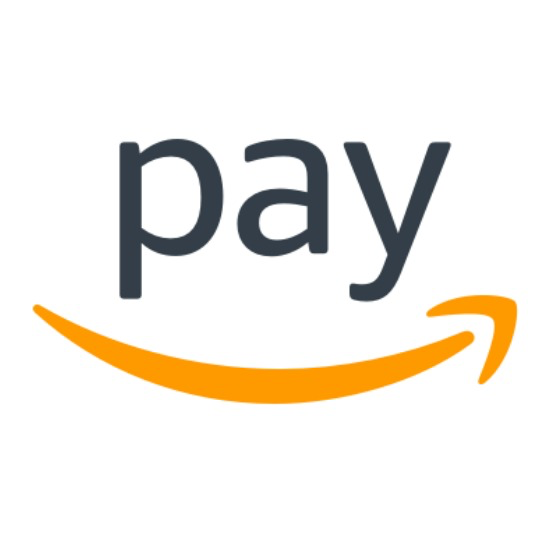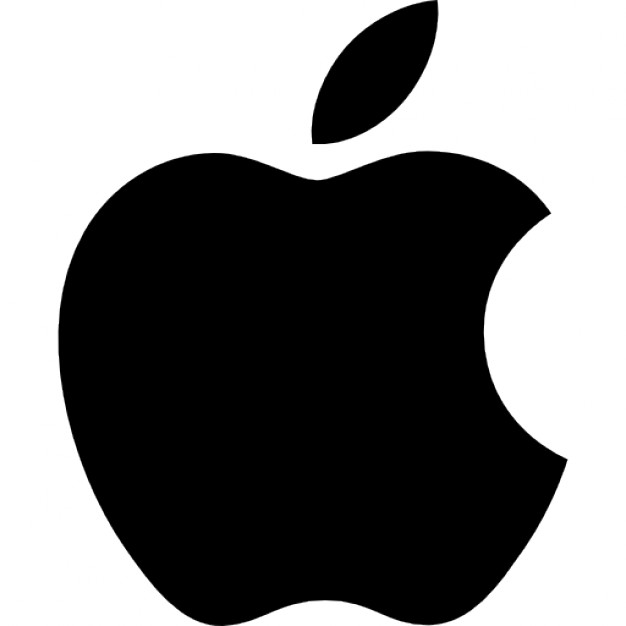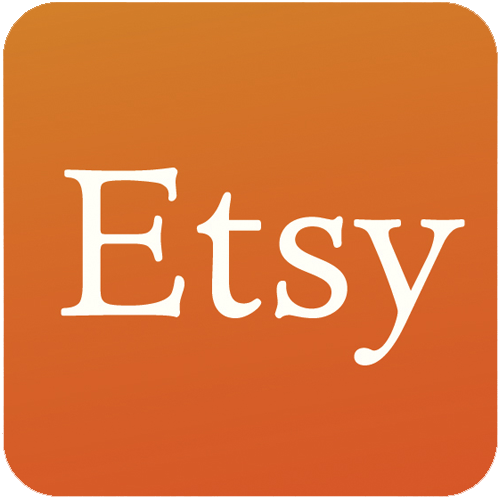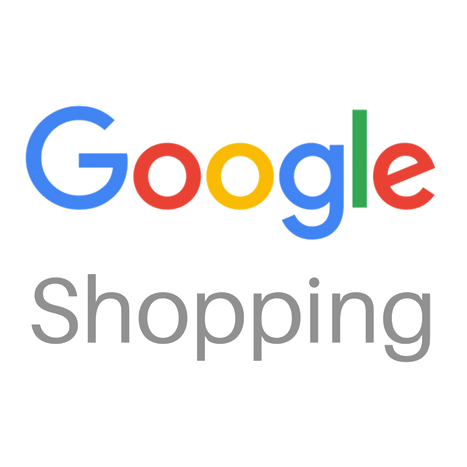I Grew My Traditional Jewellery Business To $480K/Year By Selling Online
Hello! Who are you and what business did you start?
Hi, my name is Gillian Crawford and I’m the founder and MD of Lily Blanche, a demi-fine jewelry brand specializing in 1,2,4 & 6 photo lockets and personalized and engraved jewellery. Everything we design in our studio in Stirling has sentiment and meaning behind it.
Our hero product is our 6 photo Memory Keeper Locket ® in sterling silver, gold, rose gold, or white gold vermeil. The silver version was worn by Judy Murray to the Wimbledon Championship when her son Andy won the Men’s Singles Title for the second time in 2016.

This has become our bestselling locket and is a huge favorite with our customers in the UK and US where we sell mainly to women aged 30 -55 and...

Download the report and join our email newsletter packed with business ideas and money-making opportunities, backed by real-life case studies.

Download the report and join our email newsletter packed with business ideas and money-making opportunities, backed by real-life case studies.

Download the report and join our email newsletter packed with business ideas and money-making opportunities, backed by real-life case studies.

Download the report and join our email newsletter packed with business ideas and money-making opportunities, backed by real-life case studies.

Download the report and join our email newsletter packed with business ideas and money-making opportunities, backed by real-life case studies.

Download the report and join our email newsletter packed with business ideas and money-making opportunities, backed by real-life case studies.

Download the report and join our email newsletter packed with business ideas and money-making opportunities, backed by real-life case studies.

Download the report and join our email newsletter packed with business ideas and money-making opportunities, backed by real-life case studies.



